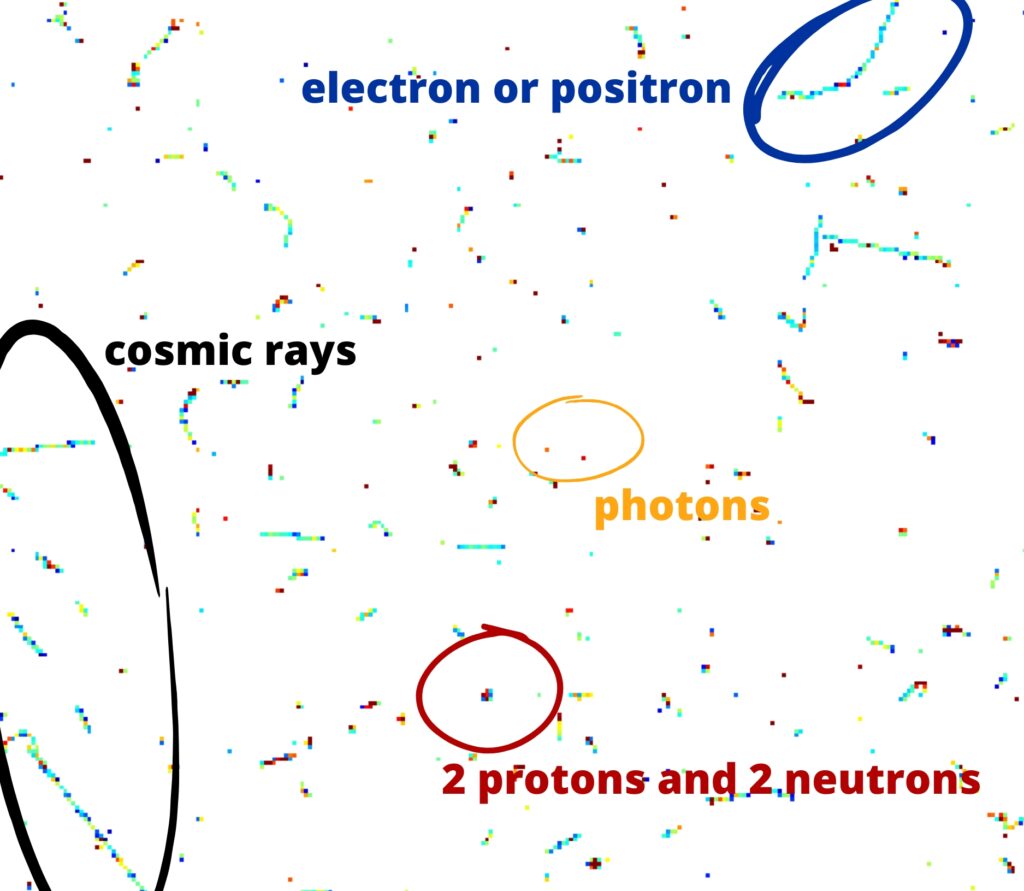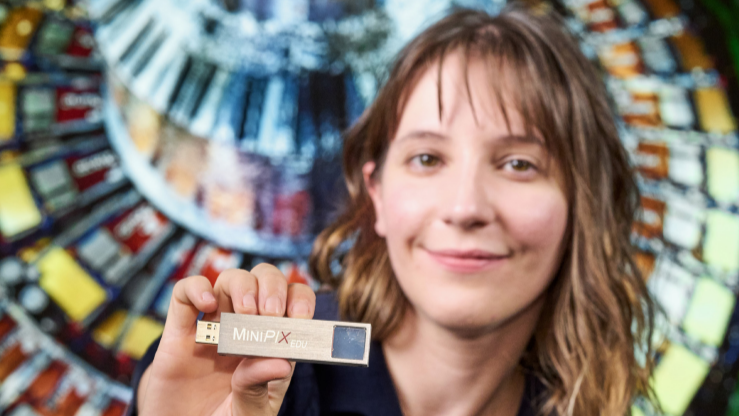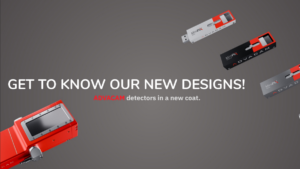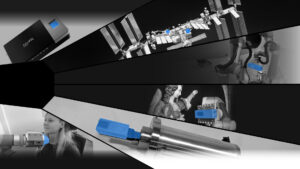Imagine giving students access in their classrooms to the same equipment that keeps astronauts safe in space.
The problem
The estimated gap of skilled professionals in STEM is expected to reach 85 million by 2030. One of the reasons behind this is the lack of diversity and inclusivity in many STEM (science, technology, engineering and mathematics) workplaces and programmes. Women, rural populations, minority ethnic groups, people from lower socio-economic classes, and other marginalised groups are underrepresented in STEM fields in most developed and developing countries. The TimePix project is looking towards helping students connect with STEM subjects, creating the spark for scientific curiosity and bridging the gap to fairer access to education.
CERN’s solution
A study by Accenture revealed that for every dollar invested in learning, a company reaps a remarkable $3.53 in measurable value to its bottom line – a staggering 353% return on learning. With the TimePix project, we are not just investing in hardware; we are investing in the future of STEM education and workforce diversity.
How we will do it: through a network of regional hubs spread across CERN Member States, Associate Member States, and beyond, serving as epicenters of innovation and empowerment. These hubs will be instrumental in distributing TimePix hardware and teaching materials to local schools, ensuring that every student has the opportunity to delve into the wonders of science firsthand.
Equal Access, Equal Opportunity: Through an open call process, local hubs will be carefully selected to serve at least three schools, providing up to 10 detectors per hub. This ensures equitable access to education and the scalability of the project, with promotional materials disseminated through teachers’ networks, empowering educators to inspire the next generation of scientists.
What is TimePix?
TimePix is one of the chips developed by the Medipix Collaborations. After 30 years of project impact on different societal applications, we are now ready to make TimePix more widely available in high schools. The TimePix kit chip has been used in a number of successful pilot projects in schools, to be sure that it responds to the needs of its users: students.
How does it work?
Did you know that we are always surrounded by radiation? Like background radiation, a natural form always present in every environment. We are constantly hit by cosmic rays, particles produced by stars or black holes, that travel through us every minute. Even the dust all around us can be a source of radioactivity.
But how do they work? It can be difficult to understand radiation and how powerful it can be as a tool.
Using TimePix as visual aid, you will give as many students as possible the chance to be hands-on with science. Designing experiments that will enable them to perceive radiation all around them and how it interacts with matter.
In the image*, you can see an example of a detection taken with TimePix, and how different sources of radiation are represented by different shapes and colors. This makes TimePix intuitive to use and creates the spark of curiosity, in young people as much as in adults.


